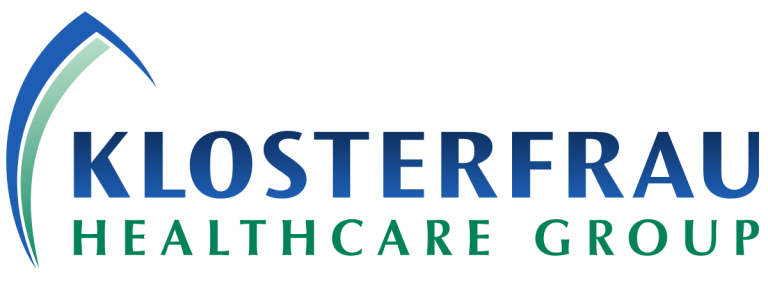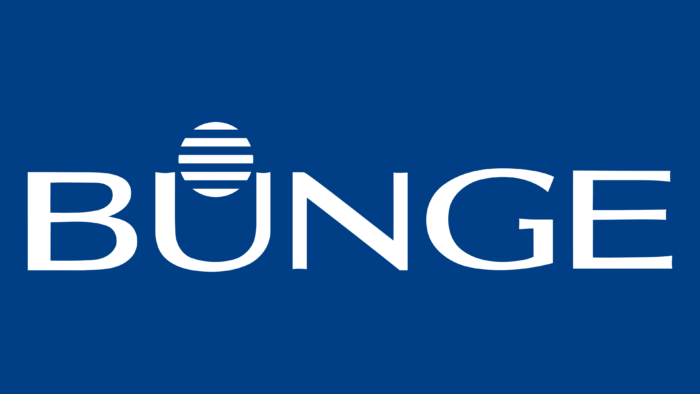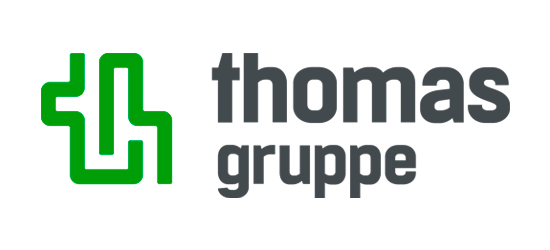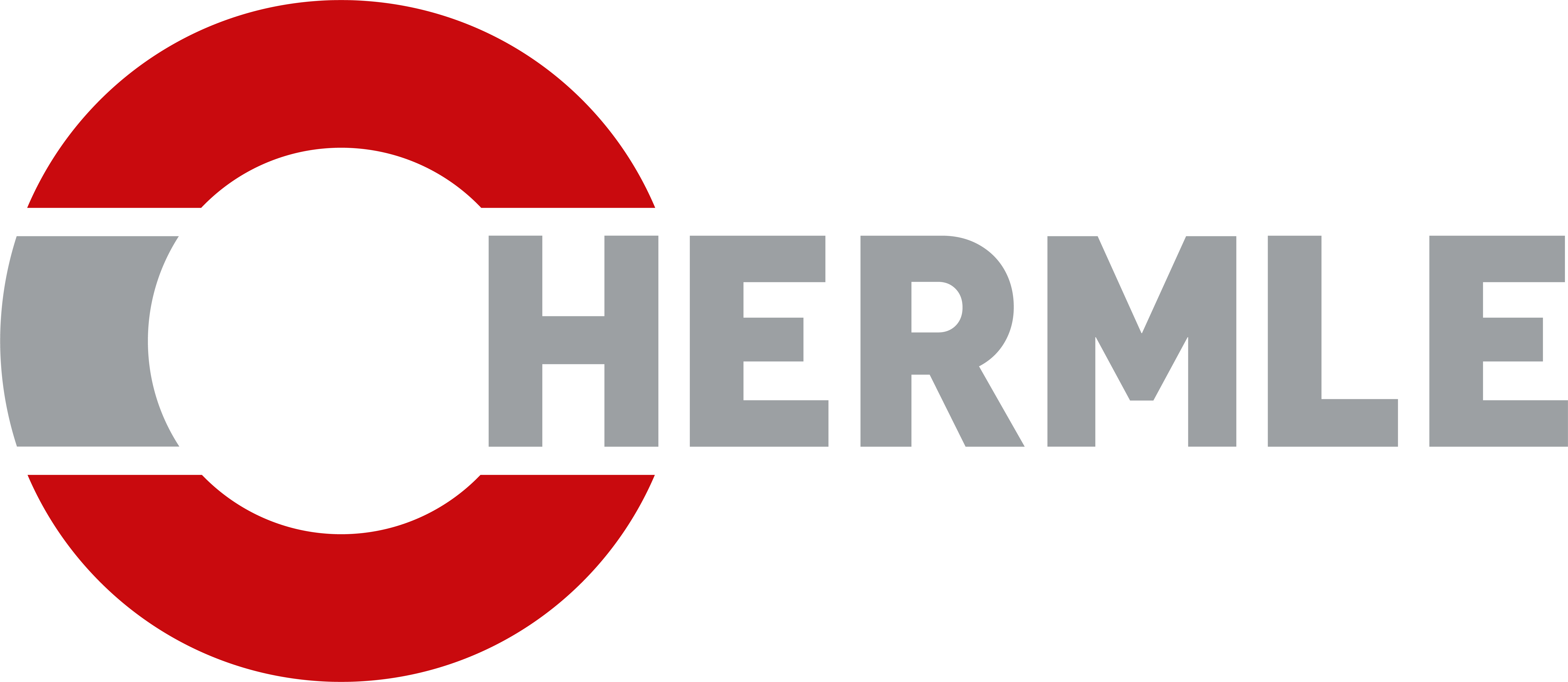ZF Friedrichshafen optimizes order picking with mobile wireless data solution
Successful Implementation of a Mobile Data Radio Solution to Optimize Order Picking at ZF Friedrichshafen
The customer service team at ZF Friedrichshafen faces the daily challenge of efficiently and accurately processing a high volume of order picking tasks. Despite the impressive operation of a modern warehouse, where numerous orders are handled simultaneously, occasional errors occur, resulting in incorrect materials being recorded and shipped. To minimize these errors and optimize throughput times, a mobile data radio solution was implemented at MKS, the customer service division of ZF Friedrichshafen GmbH.
The Challenge: Order Picking Under Specific Requirements
The core challenge of this project was the intelligent allocation of order picking tasks to various picking groups according to ZF’s specific rules. These rules depend on numerous factors such as the recipient of the goods, shipping routes, deadlines, quantities, and materials. Precise control of these workflows was essential to increase warehouse efficiency and reduce errors.
The Solution: Verification and Automation of the Order Picking Process
With the new mobile data radio solution, all order picking processes are verified in real time. Pickers receive instructions on their mobile devices showing which materials, in what quantities, and from which storage locations should be retrieved. By scanning the material number on the label, the system immediately verifies whether the correct product has been selected. If everything matches, an integrated mobile label printer automatically prints the shipping label for the customer, which is then affixed to the material.
Another key aspect of the project was the enhancement and redevelopment of RF transactions to ensure simple, secure, and fast handling of the order picking processes. Additionally, the SAP monitoring functions had to be adjusted to oversee these operations and ensure seamless integration into the existing system landscape.
Results: Improved Quality and Reduced Throughput Times
Thanks to the implementation of the mobile data radio solution, ZF Friedrichshafen significantly improved the quality of its order picking processes. The error rate in material recording was substantially reduced, and the throughput times for order picking were noticeably shortened.
Conclusion: Sustainable Efficiency Gains Through Innovative Solutions
The introduction of the mobile data radio solution demonstrates how targeted technological measures can enhance efficiency and quality in ZF Friedrichshafen’s customer service. By seamlessly integrating into existing processes, not only was the error rate decreased, but customer satisfaction was also increased. ZF Friedrichshafen has thus taken an important step toward a future-oriented, error-free order picking system, promising sustainable improvements for years to come.






